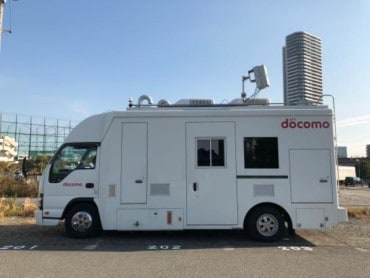First fleet will be tested in Pittsburgh this month, featuring free rides and a driver to monitor the car.
Ride-sharing company Uber and Volvo have teamed up to develop a new generation of self-driving cars. The companies will work together to create new base vehicles with the ability to incorporate autonomous driving. The two companies stated they’ve invested a combined $300 million to the project.
In Pittsburgh, an autonomous car trial with Uber using Volvos is scheduled to begin later this month. Initially the self-driving cars will still have a driver in the driver’s seat for safety reasons, and the rides will be free of charge to passengers. The fleet will feature modified Volvo XC90 SUVs with dozens of sensors. Those sensors will use cameras, radar, GPS and other tools to do the job of driving the car safely.
Travis Kalanick, Uber’s chief executive, said in a blog post: “Over one million people die on the world’s roads every year and 90 percent of these accidents are due to human error. In the US, traffic accidents are a leading cause of death for people under 25. This is a tragedy that self-driving technology can help solve. That’s why our partnership with Volvo is so important.”
The completed base vehicles will be used independently by each company. Uber will add its own autonomous technologies to them when completed and Volvo will do the same. According to a blog post on Volvo’s website, the new base vehicle will be build on the company’s Scalable Product Architecture, currently being used in the company’s XC90 SUV, S90 sedan, and V90 sedan.
To further the project, Uber also announced they’ve agreed to acquire self-driving start up Otto, which specializes in logistics and technologies for autonomous cars and trucks. According to Bloomberg, they are the developers of a kit that allows 18-wheeler trucks to drive themselves. It’s currently being tested in San Francisco. That technology is scheduled to be incorporated into Uber’s fleet of autonomous vehicles and used to create an Uber service for long haul trucking.




























